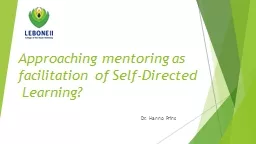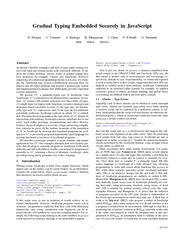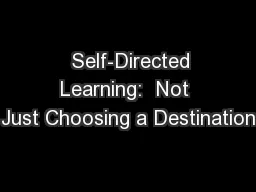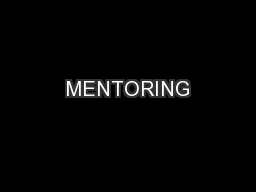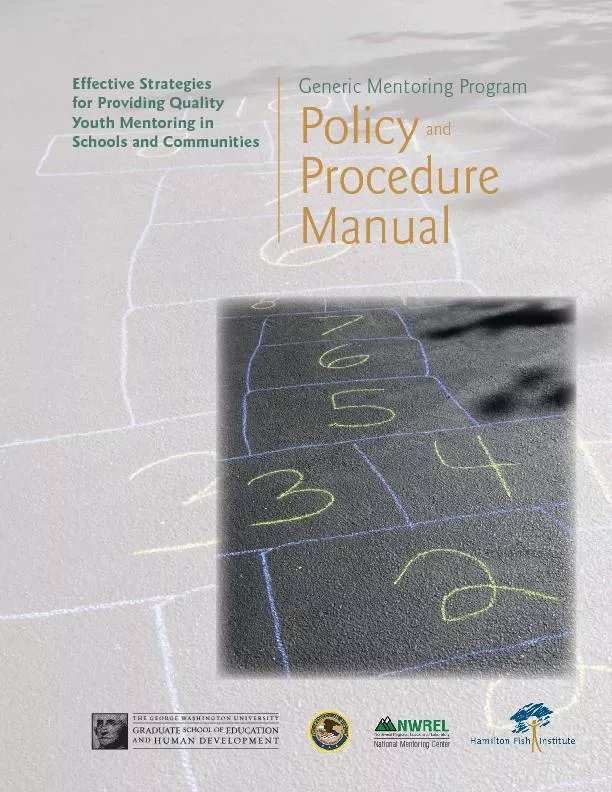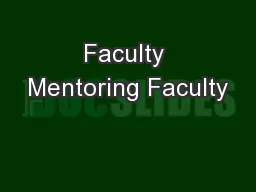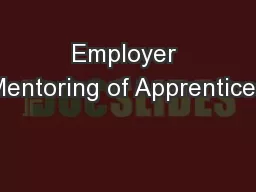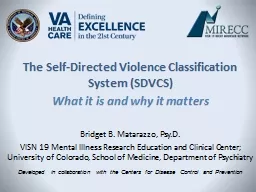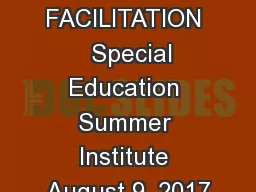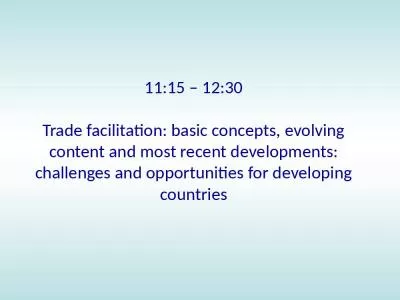PPT-Approaching mentoring as facilitation of Self-Directed
Author : min-jolicoeur | Published Date : 2017-04-11
Learning Dr Hanno Prins A model is an abstract representation of a process a description of its structure or function Models are useful because they help
Presentation Embed Code
Download Presentation
Download Presentation The PPT/PDF document "Approaching mentoring as facilitation of..." is the property of its rightful owner. Permission is granted to download and print the materials on this website for personal, non-commercial use only, and to display it on your personal computer provided you do not modify the materials and that you retain all copyright notices contained in the materials. By downloading content from our website, you accept the terms of this agreement.
Approaching mentoring as facilitation of Self-Directed: Transcript
Download Rules Of Document
"Approaching mentoring as facilitation of Self-Directed"The content belongs to its owner. You may download and print it for personal use, without modification, and keep all copyright notices. By downloading, you agree to these terms.
Related Documents

